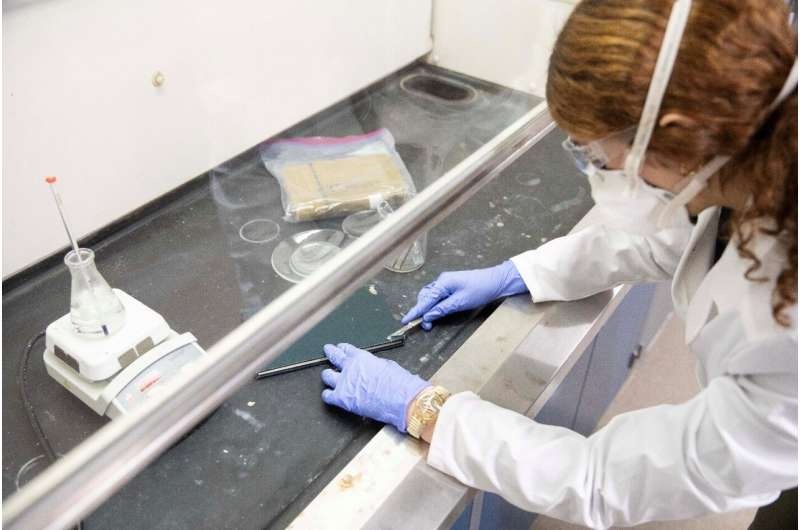The love of collectors for some brightly coloured cloth-bound books from the Victorian era is fraught with the risk of bindingbleue disease for readers, collectors and librarians, according to researchers. This blog post will dive into the results of the study and subsequent discussion on how to preserve these historical objects for future generations.

Unveiling the Poison Within
In another world first, the university team applied three state-of-the-art methods to detect toxic dyes in a collection of generations-old books. The research, performed by a group of scholars from Lipscomb University, revealed that many of those books printed during the Victorian era could prove dangerous to the touch.
The old books may still be found at universities or public libraries, as well as in private collections, and when users pick the tomes up, pigments from the cloth covers can rub onto their hands or become airborne and potentially inhaled — said Abigail Hoermann, chemistry student of Lipscomb Undergraduate. The researchers are currently working to develop a solution that would allow anyone to quickly find and responsibly archive these potentially toxic books.
Uncovering the Toxic Culprits
Lipscomb librarians had asked the university’s chemistry department to analyze gorgeously hued 19th- and early-20th-century fabric-bound books in Beaman Library. This finding prompted the scientists to conduct their research using three spectroscopic methods: X-ray fluorescence (XRF) analysis, Raman spectroscopy and X-ray diffraction (XRD).
XRF testing detected lead and chromium in some of the Lipscomb books. To measure the quantities, the researchers cut small pieces of the cloth covers and dissolved them in nitric acid. Lead and chromium were detected in high concentration by their ICP-OES analysis of some samples, with the lead exceeding CDC limits over twofold and the chromium exceeding limits nearly sixfold. Follow-up X-ray tests confirmed that in some cases, these heavy metals were present as lead(II) chromate — a compound used to make the chrome yellow pigment favoured by artists such as Vincent van Gogh.
The team suggests that the dyes used to colour the books may also have included other chromium-free lead-based pigments, such as lead(II) oxide or lead(II) sulfide. The researchers are next designing experiments to find these additional compounds in the yellow pigments, and they add that exposure to lead or chromium through inhalation can cause significant health effects including cancer, lung disease, or infertility.
Conclusion
The findings render an alarming reality to be more careful of hidden dangers that may reside in the pages of history. The researchers hope to raise awareness and to provide the public, as well as librarians, collectors and conservators with an understanding that they require careful handling when at all necessary in order not to affect anyone of the potentially harmful books. In sharing what we have learned and will continue to learn from the past, it is always imperative that this archaeological treasure trove be kept as safe as possible for generations to follow.
